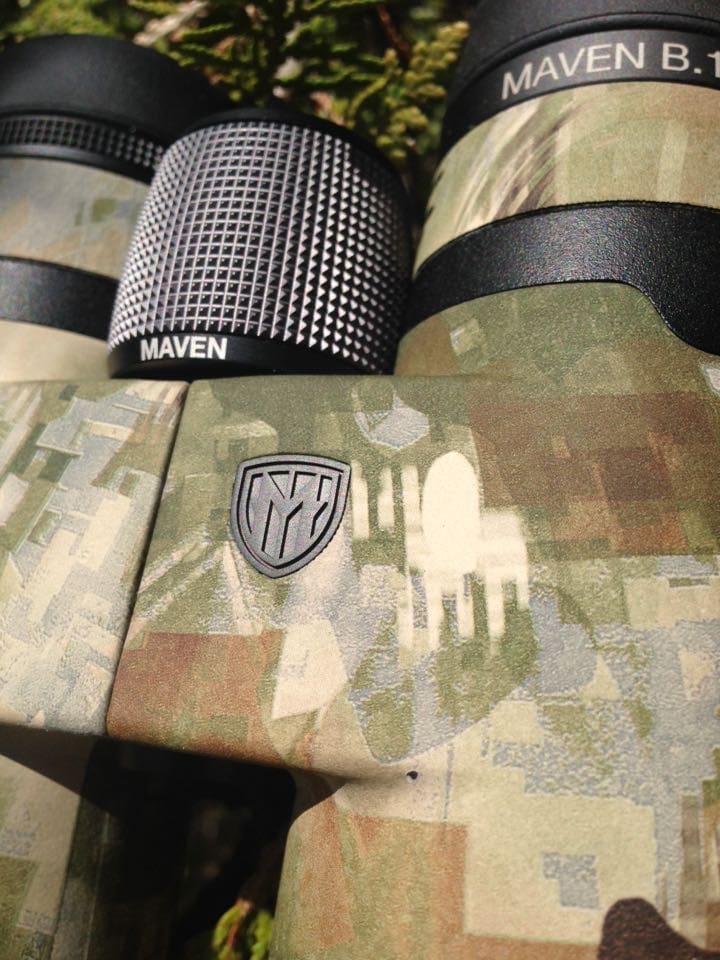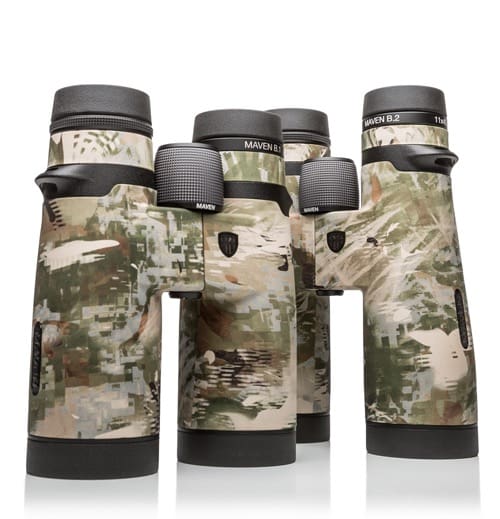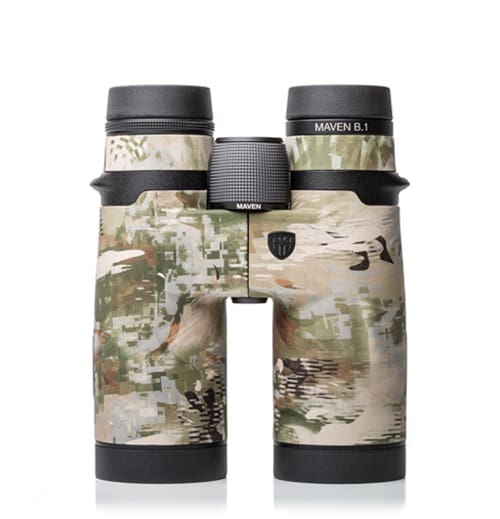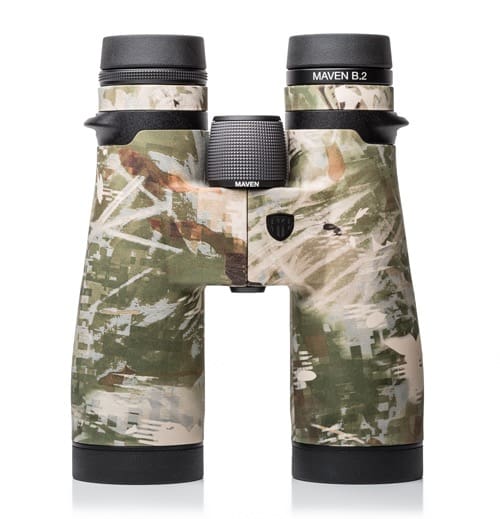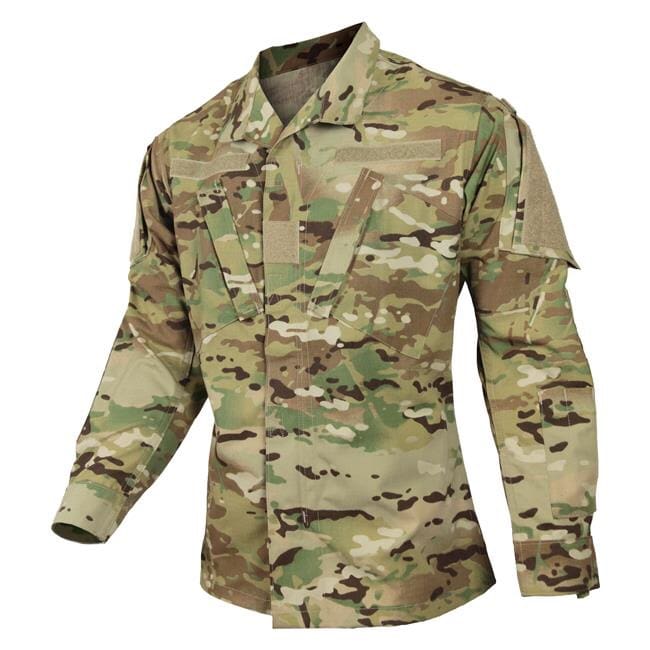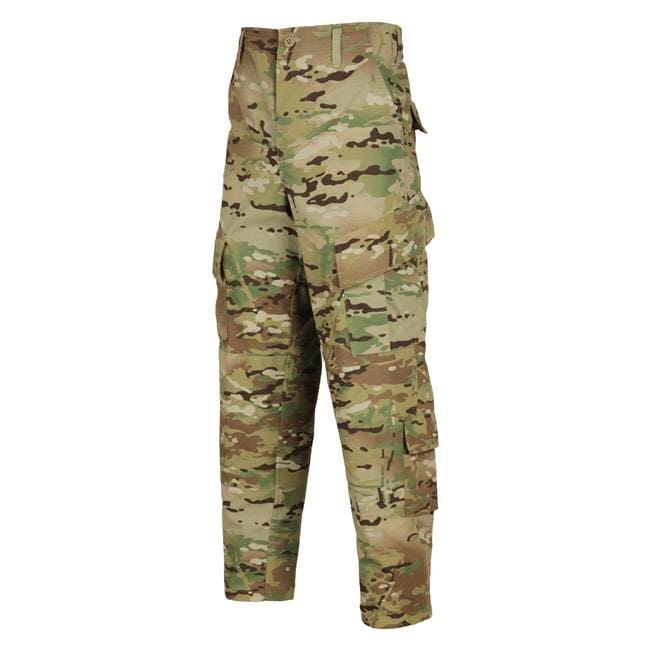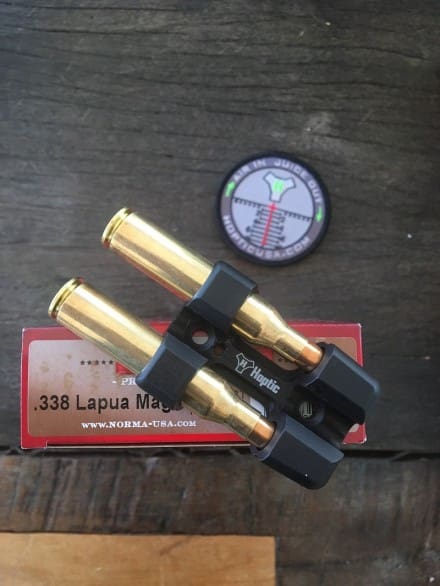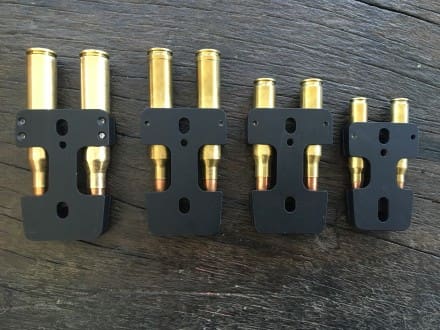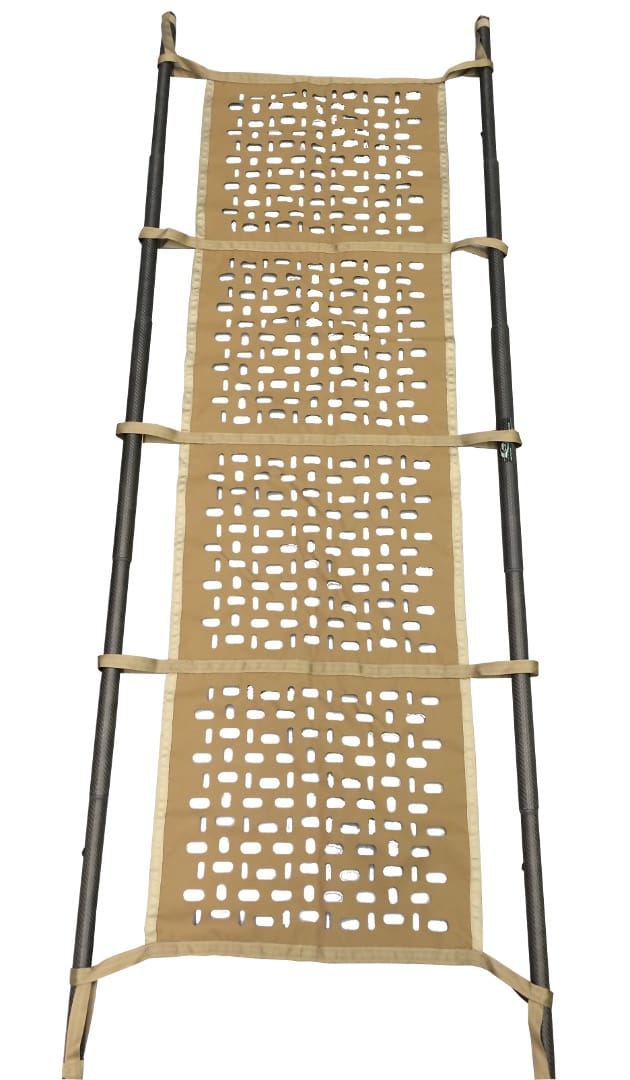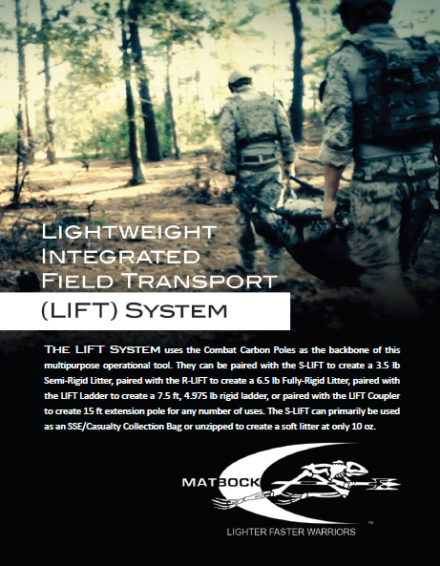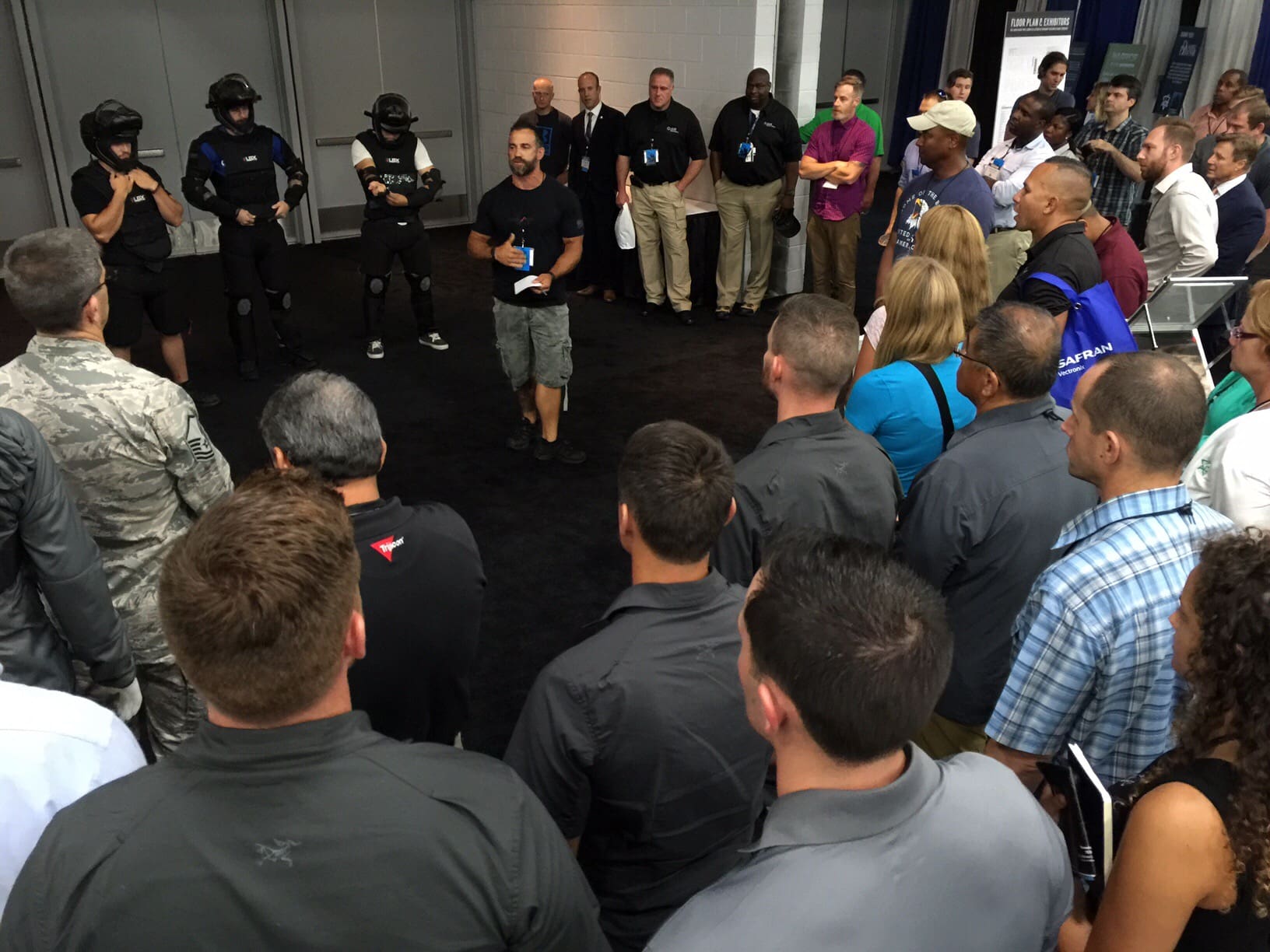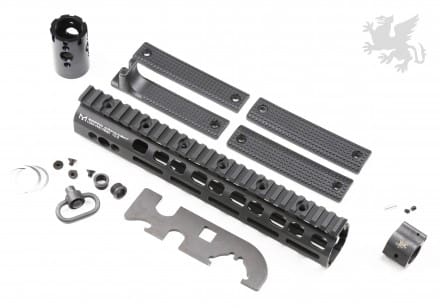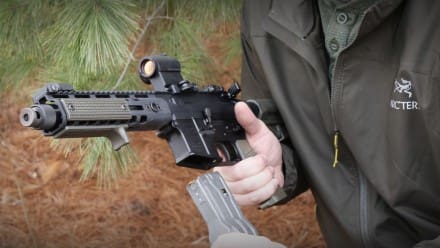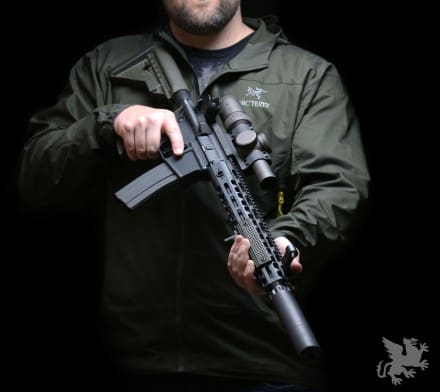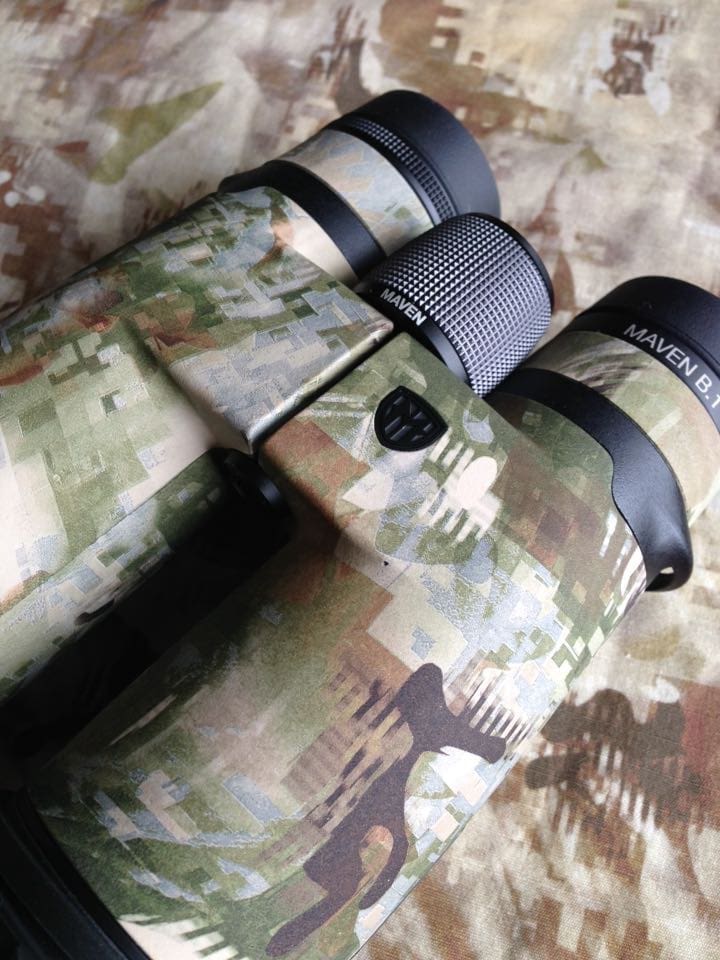
Introducing the B Series Binoculars in ODG LUPUS camo – elite optics, designed to fit your specific needs, delivered for a fraction of comparable binoculars’ costs. Superior low-light performance, tack-sharp-edge-to-edge clarity, generous depth of field, silky focus mechanism – the B Series stacks up with the most celebrated and expensive binoculars in the world… bar none. Mavens modern sportsman inspired designs paired with the best available materials and state of the art technology create an uncompromising optic.
Orion Design Group chose Maven’s B series binos because they are perfect for hunting and scouting in the back country. Our livelihood depends not only on our skill and ability but also the gear and equipment we use out in the field. Performance is non-negotiable and we stand behind that. The B Series binos paired with ODG Lupus camo are the best in form, function and concealment.
The Limited edition LUPUS B series by Maven come in both the B.1 and B.2
(Only 75 sets available.)
The specs are as follows:
B.1: 8X42-$970 / 10X42-$1000
B.2: 9X45-$1120 / 11X45-$1150
mavenbuilt.myshopify.com/products/orion-design-group-custom-design-binoculars


